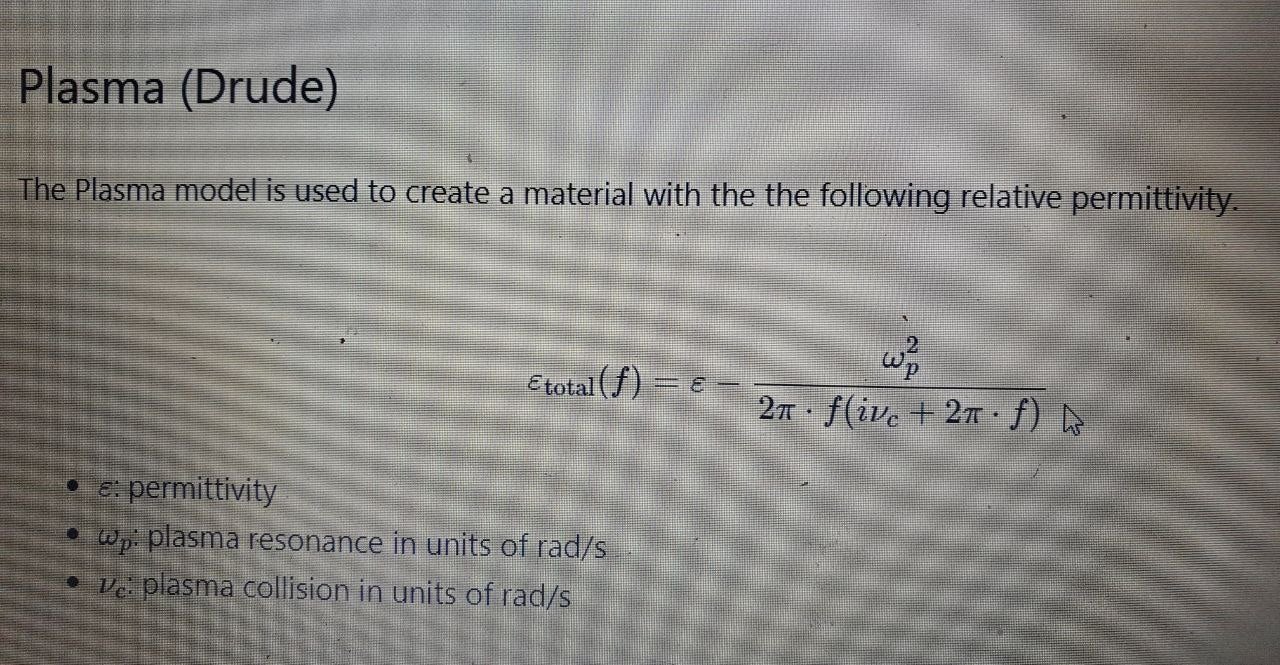-
-
April 7, 2022 at 10:28 pm
abdulalim
SubscriberHello there,
i am working on simulating the real and imaginary part of the dilectric complex function using Drude model , and i need to see how does the real and imaginary part of the equation change with increasing the temperature , so what i would like to ask about is how can i define the temperature using lumerical script language ,how would lumerical deal with that?
thank you in advanced
April 8, 2022 at 7:01 pmGuilin Sun
Ansys EmployeeSo you want to quantify the change of permittivity or refractive index with temperature, by use of Drude model?
If you have the relationship between wc and wp with temperature, sure you can do this, analytically.
In the case that the temperature is not high, the change of refractive index is linear in general. You just need to find the temperature coefficient to get the change of refractive index, and fit the Drude model. Since the change is a single value, but the permittivity Drude model has 3 or 2 variables: permittivity at infinite frequency in the first term, wc and wp, it can be difficult to get physical values, except that you have only one of them to change. For example, wc.
Otherwise, you will need to simulate the temperature using HEAT, and import the temperature attribute to FDTD or FDE. You will also need to specify the temperature coefficient.
Examples are
Thermally tuned waveguide (FDE)
Thermal switch
Viewing 1 reply thread- The topic ‘Drude model’ is closed to new replies.
Ansys Innovation SpaceTrending discussionsTop Contributors-
3587
-
1193
-
1086
-
1068
-
952
Top Rated Tags© 2025 Copyright ANSYS, Inc. All rights reserved.
Ansys does not support the usage of unauthorized Ansys software. Please visit www.ansys.com to obtain an official distribution.
-
The Ansys Learning Forum is a public forum. You are prohibited from providing (i) information that is confidential to You, your employer, or any third party, (ii) Personal Data or individually identifiable health information, (iii) any information that is U.S. Government Classified, Controlled Unclassified Information, International Traffic in Arms Regulators (ITAR) or Export Administration Regulators (EAR) controlled or otherwise have been determined by the United States Government or by a foreign government to require protection against unauthorized disclosure for reasons of national security, or (iv) topics or information restricted by the People's Republic of China data protection and privacy laws.












